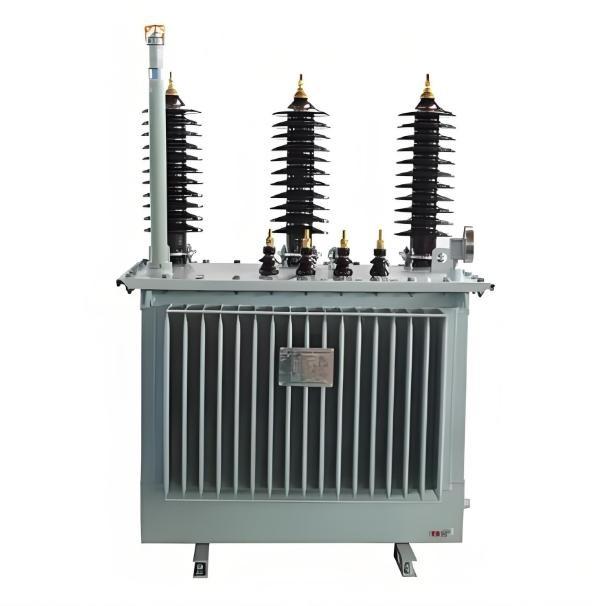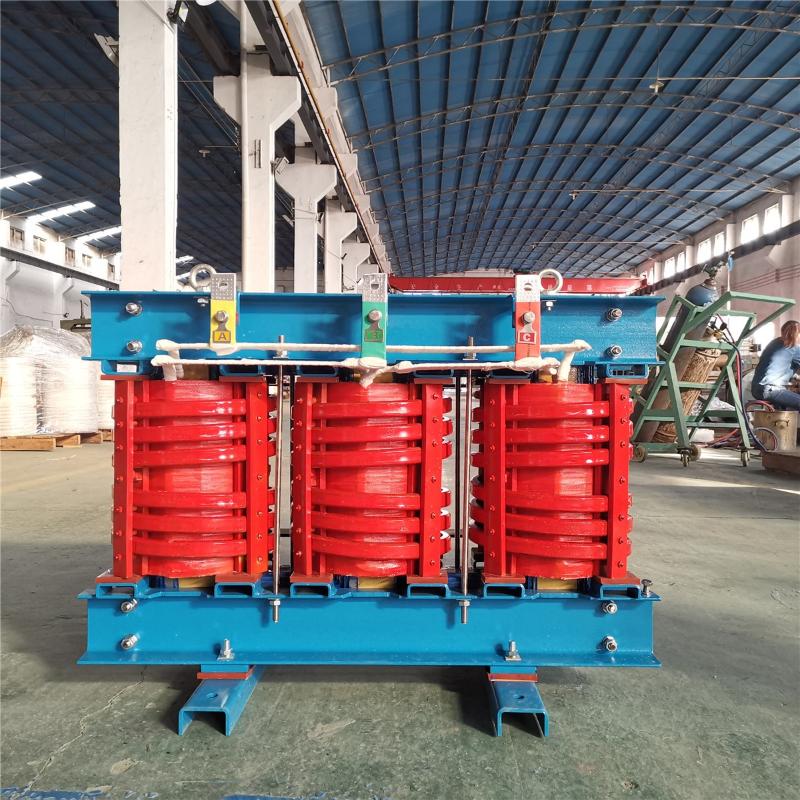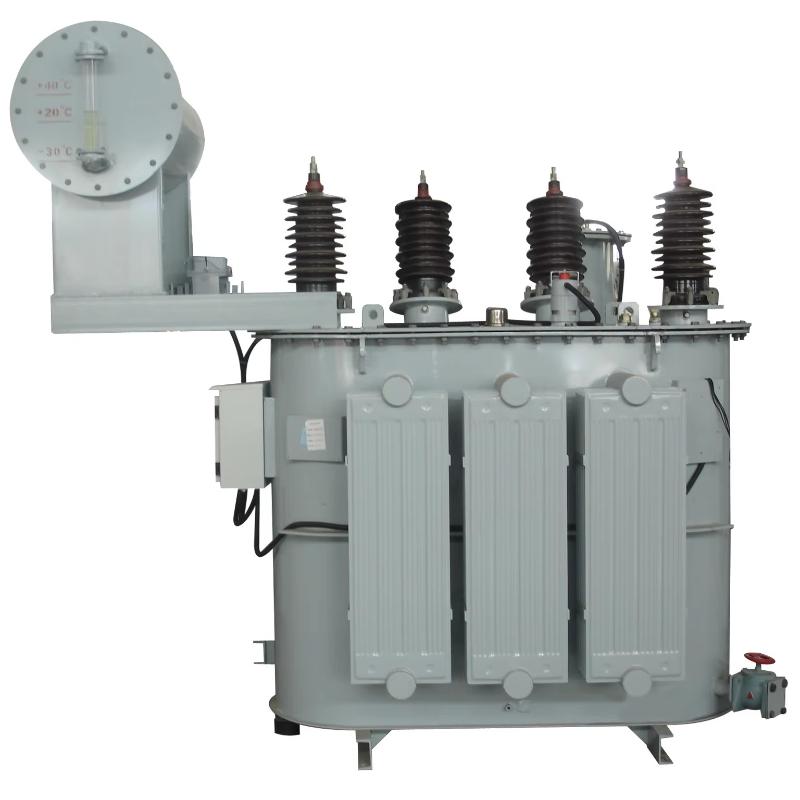- Product
- Suppliers
- Manufacturers
- Solutions
- Free tools
- Knowledges
- Experts
- Communities
Search
-
Do-ikusi
-
IEE Business elektrizitate ingeniaritza diseinu eta indar elektriko erosteko orzamenduan laguntzeko AI-n oinarritutako tresnak doako eskaintzen ditu: sartu zure parametroak klik egin kalkulatu eta instantaneoki emaitzak lortzazu transformatorrak kablegintza motorrek indar elektrikoaren kostuak eta gehiago — munduko ingeniariei fidagarria
-
-
Euskarridaza
-
IEE-Business soluzio ospetsial eta enpresen eta espertu handien laguntza ematen du - berrikuntza eta baloreak elkarrekin topo egiten duten plataforma bat sortuzTeknologia osoaElkarrizketarako teknologia-eskuarki partekatu eta dirua sponsoreetatik lortuEzgaitas Eraldi SoluzioakElkartu eta sortu bizimodu soluzioak patrocinatzailetik diru lortzekoEminente Espertu IndividualErakutsi zure talentua auspiziori etorriko duzuna loratzeko
-
-
Komunitatea
-
Zure komunitate profesionala eraikiBilatu eta lotu IEE-Business erabiltzaileekin, laguntzaile potenzialekin eta erabakiak hartzen dituztenekin zure negozioa haztekoZure sarea hedatuIndustriako kolegeekin, laguntzaile potenzialekin eta erabaki-hartzaileekin lotu zure hazkunde azeleratzekoOrganizazio gehiago aurkituHedabili enpresak, lankideak eta sektoreko liderrak IEE-Business aukerak desblokeatzekoJoin Diverse CommunitiesGaiak zeuzkan eztabaidetan, jarduera arteko trukeetan eta baliabideen partekatzean hartu parte zure eragina handitzeko
-
-
Kolaboratu
Parte-hartzailea
-
-
IEE Business Laguntzaile Programara lotuNegociotikotasunaren Potentzialekintza -- Teknologia Eta Ferramentas Técnicasetik Munduko Negociotikotasuna Artean
-
-
-
Euskara
-
- English
- Afrikaans
- العربية
- Azərbaycan dili
- български
- বাংলা
- Català
- Cebuano
- čeština
- Dansk
- Deutsch
- Ελληνικά
- Esperanto
- Español
- Eesti keel
- Euskara
- دری
- فارسی
- suomi
- Filipino
- français
- Gaeilge
- Galego
- Hausa
- עברית
- हिन्दी
- Hrvatski
- magyar nyelv
- հայերեն
- Bahasa Indonesia
- Íslenska
- Italiano
- 日本語
- ქართული
- Қазақ тілі
- ಕನ್ನಡ
- 한국어
- Kurdî
- Latina
- Latviešu valoda
- македонски јазик
- Bahasa Melayu
- Malti
- नेपाली
- Nederlands
- Norsk
- ਪੰਜਾਬੀ
- polski
- پښتو
- Português
- Русский язык
- සිංහල
- Slovenščina
- српски језик
- Svenska
- Kiswahili
- தமிழ்
- తెలుగు
- ไทย
- Tagalog
- Türkçe
- українська мова
- اردو
- Oʻzbek tili
- Tiếng Việt
-
-
Euskara
-
- English
- Afrikaans
- العربية
- Azərbaycan dili
- български
- বাংলা
- Català
- Cebuano
- čeština
- Dansk
- Deutsch
- Ελληνικά
- Esperanto
- Español
- Eesti keel
- Euskara
- دری
- فارسی
- suomi
- Filipino
- français
- Gaeilge
- Galego
- Hausa
- עברית
- हिन्दी
- Hrvatski
- magyar nyelv
- հայերեն
- Bahasa Indonesia
- Íslenska
- Italiano
- 日本語
- ქართული
- Қазақ тілі
- ಕನ್ನಡ
- 한국어
- Kurdî
- Latina
- Latviešu valoda
- македонски јазик
- Bahasa Melayu
- Malti
- नेपाली
- Nederlands
- Norsk
- ਪੰਜਾਬੀ
- polski
- پښتو
- Português
- Русский язык
- සිංහල
- Slovenščina
- српски језик
- Svenska
- Kiswahili
- தமிழ்
- తెలుగు
- ไทย
- Tagalog
- Türkçe
- українська мова
- اردو
- Oʻzbek tili
- Tiếng Việt
-























